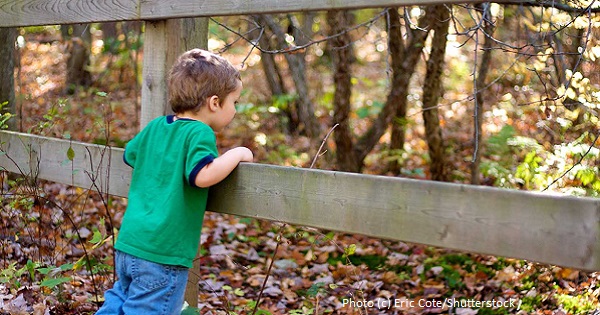|

Slow Learning
by Wendy Priesnitz
There is one definition of intelligence that involves speed, results, and competition – getting the right answer to a question quickly and doing it faster than anyone else. That’s the definition used by schools, where the term “slow learner” is a disparaging one that, for all intents and purposes, means “dumb.” Even worse, some children who don’t fit into the school schedule get distracted or bored and are given labels such as “learning disabled.”
Teachers show that they value speed-as-intelligence by praising students who respond well to verbal cues, who can quickly come up with the “right” answer to an oral quiz, who put their hands up first, or who choose the most prescribed answers on a multiple choice test within the allotted time frame.
Unfortunately, performing well in this sort of school setting is no guarantee that one will thrive in the real world. And conversely, many successful and unquestionably “intelligent” people (like Albert Einstein, for one) perform poorly in the speedy, competitive school environment.
Nevertheless, many parents buy into this definition right from their children’s birth, measuring the speed at which they master skills, and being proud when they have learned to walk, talk, or read before the neighbors’ kids have.
What’s the Hurry?
I’ve been advocating a different way of parenting and helping children to learn for close to forty years now; it was first called homeschooling, then unschooling, and then in the 1990s, my husband Rolf began to use the term “life learning," which I prefer. Then, about ten years ago, I began to frame this way of learning by living (and without school) in terms of the “slow” movement, which began in the mid-1980s with the launch of the Italian Slow Food Association by a writer upset about the opening of fast food chains in Rome. Most schools, I realized, force-feed kids a pre-packaged diet of “fast food” knowledge – unrelated bits of facts to be swallowed as quickly as possible, and I elaborated on that in my 2000 book Challenging Assumptions in Education.
| “Slow learning” involves exploring the world at one’s own speed, enjoying, questioning, and understanding the experiences encountered as well as the ones created. |
“Slow learning,” on the other hand, involves exploring the world at one’s own speed, enjoying, questioning, and understanding the experiences encountered as well as the ones created. It’s not oriented towards quick results or competition with others. Rather, it involves knowing how to create hypotheses and to test them, and it promotes inquiry and dialogue. It provides time for experimenting, making what are traditionally called “mistakes,” backtracking, and experimenting some more. It also allows time for what, in a fast learning environment, is called “day dreaming” or, worse, “wasting time.” It meanders across genres and disciplines, rather than separating knowledge up into disconnected subject areas. It’s grounded in the interests, needs, and learning style of each individual, rather than being programmed by others – either teachers or parents. And it doesn’t turn off at three o’clock in the afternoon, at the end of June, or at ages eighteen, thirty, or sixty-five.
Slow learning also understands that answers are only “right” in certain contexts and favors the personal process over the more public – and testable – product. As Harvard professor Ellen J. Langer writes in her book The Power of Mindful Learning (Perseus Books, 1998), “If we can shed [the] outcome orientation, we may discover that the freedom to define the process is more significant than achieving an outcome that has no inherent meaning or value outside that particular setting.”
A child who is fortunate enough to have parents who protect their right to slow learning is in control. They are responsible for what they learn, when, how, and why...and are free to choose what people and which experiences will help them on their journey.
There is no need for anyone to quiz or question or test such a child’s knowledge because their goals are their own. If and when they decide to undertake something for which they haven’t built up the prerequisite knowledge base, they will have all the necessary tools for filling that gap.
But more than that, such a child will be a self-directed, curious, risk taking, intrinsically motivated, innovative, nonconformist leader who will never stop learning and who sees education as a process rather than a destination to be arrived at as quickly as possible.
Learn More
Embracing Slow by Wendy Priesnitz, Natural Life Magazine, May/June 2011
Wendy Priesnitz is the editor of Natural Life Magazine and Life Learning Magazine, a journalist with over forty years of experience, and the author of thirteen books. She is the mother of two adult daughters who learned without school.
|

